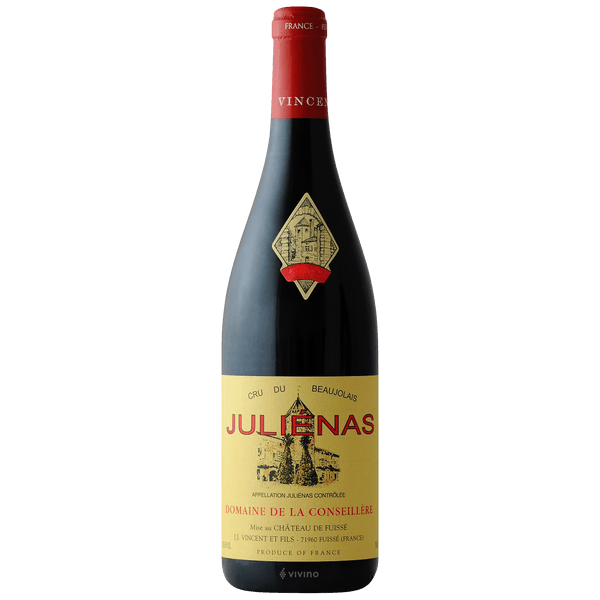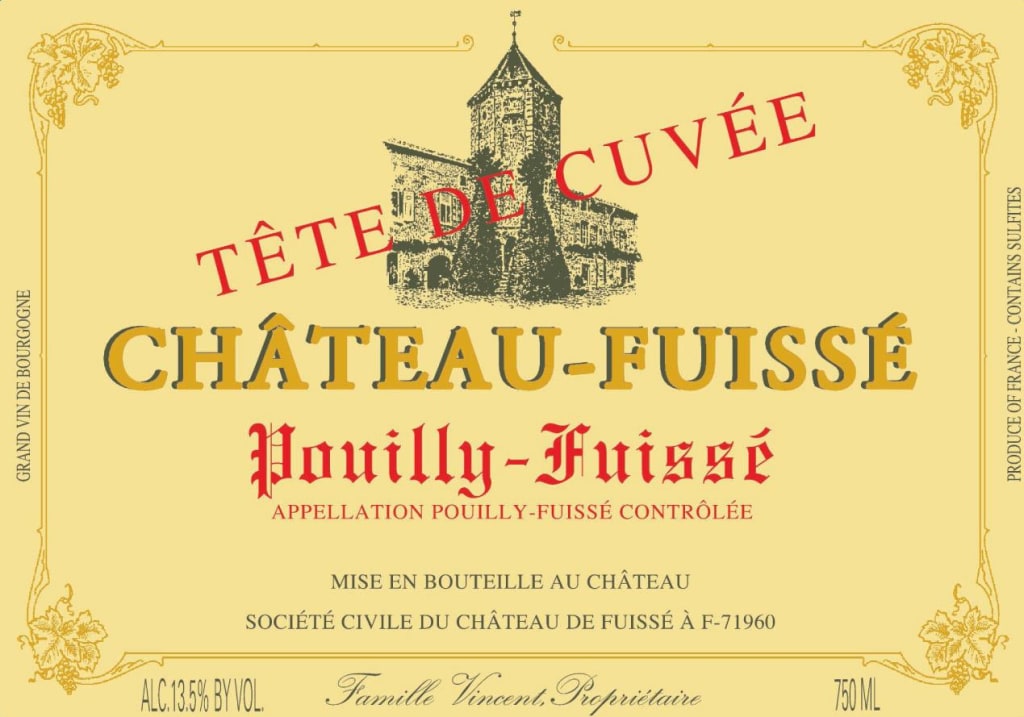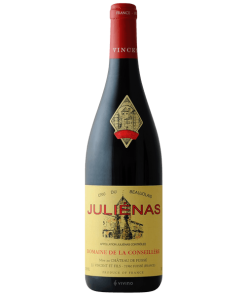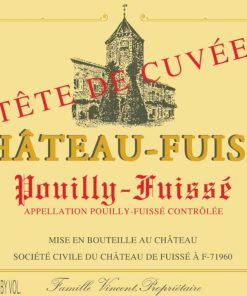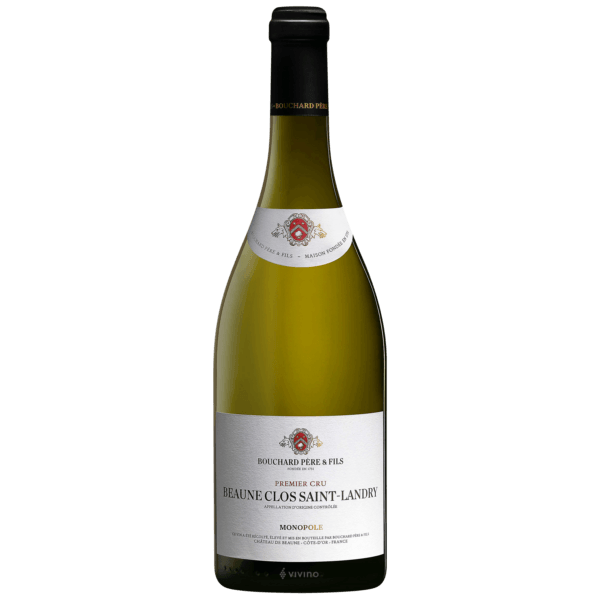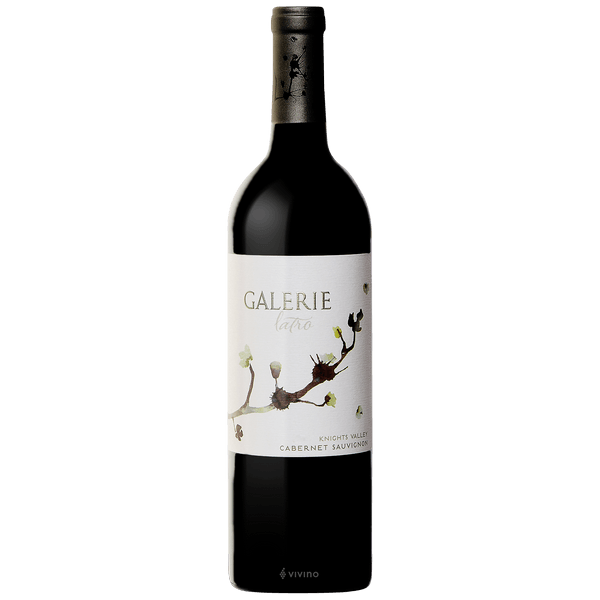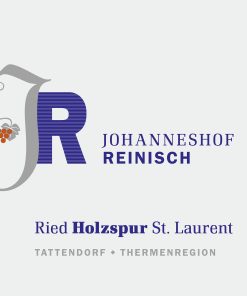2019 Chateau Fuisse Julienas Domaine De La Conseillere
2019 Chateau Fuisse Julienas Domaine De La Conseillere It fills the mouth with flavour and has very fine fruit on the palate with good intensity and finishes with a long aftertaste with a fine tannic structure. First class Beaujolais. This traditional Beaujolais has the tell tale hallmark of Julienas with the notes of peony in the bouquet together with raspberries, redcurrants and strawberry.
Chateau Fuisse
Château Fuissé dates back to 1604 and has been in the Vincent family for five generations. Each generation has added land, increased quality and enhanced the worldwide recognition of the château. Today under direction of Antoine Vincent, Jean-Jacques Vincent’s son, Château Fuissé has reached the pinnacle of quality in the region with its wines rivaling the more famous appellations of Puligny-Montrachet, Chassagne-Montrachet and Meursault to the north.
The most famous vineyards of Les Brûlés, Les Combettes and Le Clos surrounding the château are bottled as specific cuvées to showcase their unique terroir. Presently, both Les Brûlés and Le Clos are in review by the INAO for premiers crus designation. Currently, Mâcon is the lone region in Burgundy lacking even one premier cru. But if one (or more) of the region’s vineyards wins approval, such a designation will be the first-ever premier cru in the Mâconnais.) Château Fuissé also produces quality-driven wines sourced mainly from family-owned properties in the Mâcon under the Vincent Signature label. Each of these wines is produced with the same care and expertise as the domaine bottlings.
Red wine
Red wine has been prevalent since prehistory (the period before written records) as winemaking originated and spread throughout the world. In this case, “red blend” refers to any red wine that contains more than one red grape variety in the final product, though certain red blends can have their own designation as varietal wines despite comprising multiple grapes.
For much of the history of European wine, red blends were in fact more common than single varietals, as winemaking was typically region-centric and featured grapes consolidated from vineyards across a given area. One famous example of this practice is the Bordeaux blend, which originated in the 18th or 19th century and usually comprises Cabernet Sauvignon, Merlot and Cabernet Franc.
Though prominent red blends such as Bordeaux still remain popular, many red blends have been associated with lower quality due to the assumption that the term indicates cheaper table wines. However, many high-quality wine producers still elect to produce red blends, and these wines can in fact offer many unique and delicious flavors due to the winery’s ability to custom design the profile of their product.
Red blends are prepared from a variety of red grapes, usually crushed and fermented individually before any blending takes place. Finding the right blend often requires blending trials, where the winemaker tastes the wine and offers suggestions for how to modify the blend. This process is more common with new world blends, whereas traditional blends such as Bordeaux or Chianti can simply be produced following age-old practices. Aging potential varies, though many high-quality red blends can be aged in oak or bottle. Flavors also vary, though in general most red blends will have notes of red or black fruit.
Related products
Red Wine from Niederosterreich, Austria
